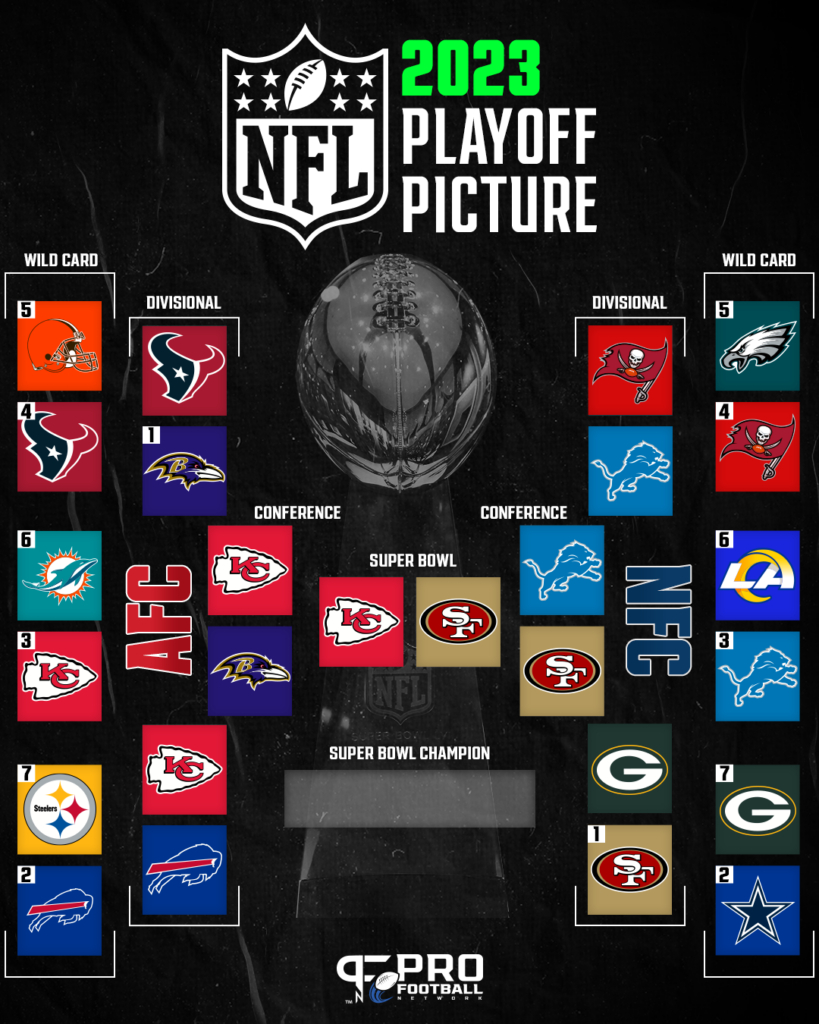Every type of film has at one point or another had a decade where the classics of the genre came out in droves. For comedy, this time was in the ’80s with “This is Spinal Tap” and “Caddyshack”. In the ’40s filmmakers really started hitting their stride with “It’s a Wonderful Life” and “Citizen Kane”. But no genre was greater impacted by its “renaissance” era than the horror genre in the 1970s.
The ’60s came as a wonderful precursor, setting up the thrilling side of the genre with flawless films like “Rosemary’s Baby” which shocked audiences with its ability to make a child much more sinister. It was a wonderful time for mind bending films with shocking endings, but horror wasn’t truly complete until it found the ultimate shock factor: gore.
The ’70s finally ushered in a new age of special effects that actually brought fear to the viewer and looked somewhat realistic. Although, compared to even a low budget horror film from today, the special effects of the ’70s look meager at best.
At the time what made movies like 1973’s “The Exorcist” so terrifying was the total shock that makeup created. It was a complete new level of horror that helped skyrocket the genre, but it wasn’t just the high-budget films that capitalized on this success.
Even indie movies with low budgets and intense psychological thrills could do no wrong. David Lynch was just a student at the American Film Institute when his art horror film “Eraserhead” blew away critics with deep questions of the male psyche.
It’s a tough movie to watch, as evil monster babies and grotesque freak parents (David Lynch is a very weird man) come to this all black and white film to stir memories of strong sadness and nightmarish dreams. It’s for this very reason that “Eraserhead” and films like it were never true box office hits, but not all indie films would come to this same fate.
One the greatest horror movies of the 1970s according to whatculture.com, the original Halloween is truly wonderful piece of cinema because it didn’t take a massive production to create such an instant classic.
Director and writer, John Carpenter didn’t need a huge budget to make his movie great because it wasn’t like anything else the world had ever seen. Halloween was the first true slasher film, setting the precedent for all that would come after it. Masked killer, invincible strength and intense chase scenes would all become must haves for the sub-genre, and every single one of these pieces were done exceptionally well in Halloween.
It was the little things that helped, too, like the opening scenes where main character Laurie Strode, played by Jamie Lee Curtis, first sees the villain Michael Myers peaking out from the side of bush while Blue Oyster Cult’s hit “(Don’t Fear) The Reaper” plays ominously in the background. Even the filming styles set it apart with John Carpenter using the camera to emulate Myer’s viewpoint as he set in on his first victims.
Though many of the classics that came out of the 70’s would try their best at making sequels, somehow every single one would come to sputter out. Maby it’s just the magic that comes with an original, or even the different production styles, but either way, nothing will ever quite compare to the terror that the horror genre sparked in the 1970’s.
Nevertheless, these series would still have a major impact in the decade to come, as the 80’s picked up right where the 70’s left off. Seminal moments in cinema photography like Stanley Kubrick’s “The Shining” would come to revolutionize like many others in the decade before it, but in the end it would really become the swan song for originality in the genre.
It will always be a generation of classics, but sometimes being so good makes it too hard for any other group of films to even compare. Horror will slowly but surely become like many other genres in film; obsessed with sequels and reboots, and unable to create original material like it had once before. Thank god we’ll always have the classics to look back on.
Categories:
Grab your machete, Jason; Halloween is here
October 28, 2015
0
More to Discover












































































